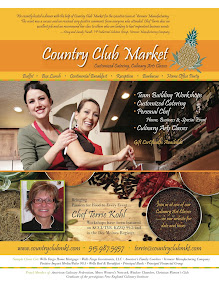The group toured a soy sauce factory today. Here soy sauce is not just a bottle of brown liquid found on the shelf of the Asian food isle. No! Shame on us for even calling some of that brown stuff soy sauce. I call for us all to end our ignorance and embrace this world of thick and thin, sweet and salty fermented liquid with a process as tedious as making wine.
As soon as that bus door clicked open, there was no mistaking we were near a place that was fermenting something. The air was a cross between, the old corn that has started to get soft and stinky in the corner of a wagon and the steam that hangs above a wok after the famous brown liquid is added. It's sour, it's nutty, it's dark, it's caramel, is't decay. . . in short it's pretty unique with a hint of strange.

These rows and rows of clay pots house fermenting soy beans. Each one covered with a clear top that is propped open to let the air flow in and out. I can't help but think of how much like a cellar this is. Rows of handmade gently curved vessels specially designed to let the valuable inside slowly interact with the atmosphere outside to make this perfectly seasoned product.
The Tai Hua company uses the traditional method of making soy sauce, as apposed to modern processes that rely on chemicals to speed up the process. To begin this nearly 3,000 year old process, the beans are mixed with pulverized wheat, salt, and water to make a mash. Each ingredient added functions to make for just the right combination to allow the right fermentation and enzymatic action.

After filing these clay pots the mixture is left in the hot sun for several months.
As This coveted and semi-secretive process continues it is moved from the pots to large vessels where the liquid is pumped swirled and mixed until perfection. After filtering and bottling the soy sauce is ready for consumption. T
Here's how to distinguish the difference between a good quality and a poor quality soy sauce.
- What is the protein content, it should be the middle of the road, about 1.2
- too low and the sauce has been made too quickly and is low mass jug soy sauce
- too high and the sauce is also mass production and fortified with protein
- Does the sauce form a bubbly foam on top when shaken.
- If no or few bubbles form and pop quickly- the soy sauce is low quality
- One should look for a sauce that makes a thicker foam of bubble on top that stay for a while. This indicated protein content and type of extraction
Well now you know that soy sauce is more than just that packet of stuff inside the bag of your Chinese takeout. To learn more about Tai Hau and their products visit www.taihua.biz Maybe we can all see this misunderstood condiment as the complex beauty she really is. Happy eating everyone!












0 comments:
Post a Comment